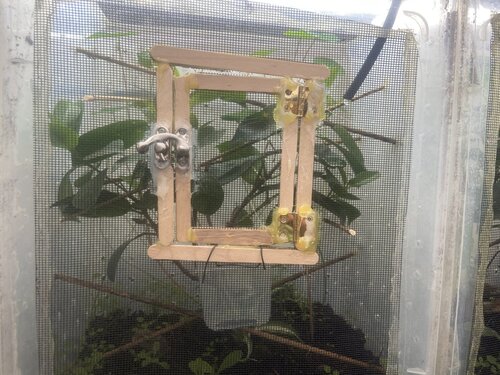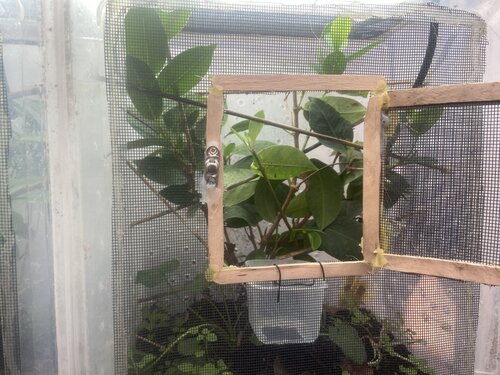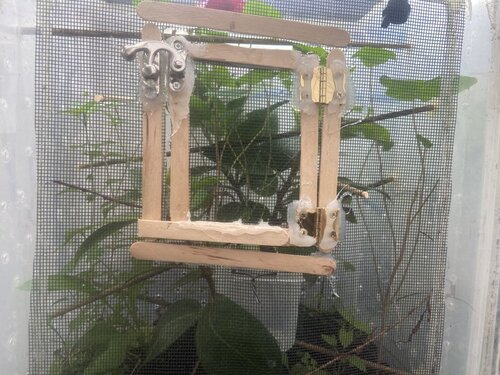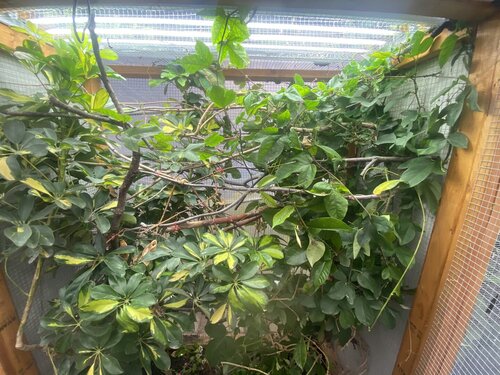Kaizen
Chameleon Enthusiast
Here’s some pics of the plantings. The last one is an adult cage.And that’s with a 12%, tested with two solar meters.
with respect to outdoor keeping, you could easily keep outside June through September. So your babes will be getting natural light, air, etc. for a third of the year. That’s pretty darn good!






